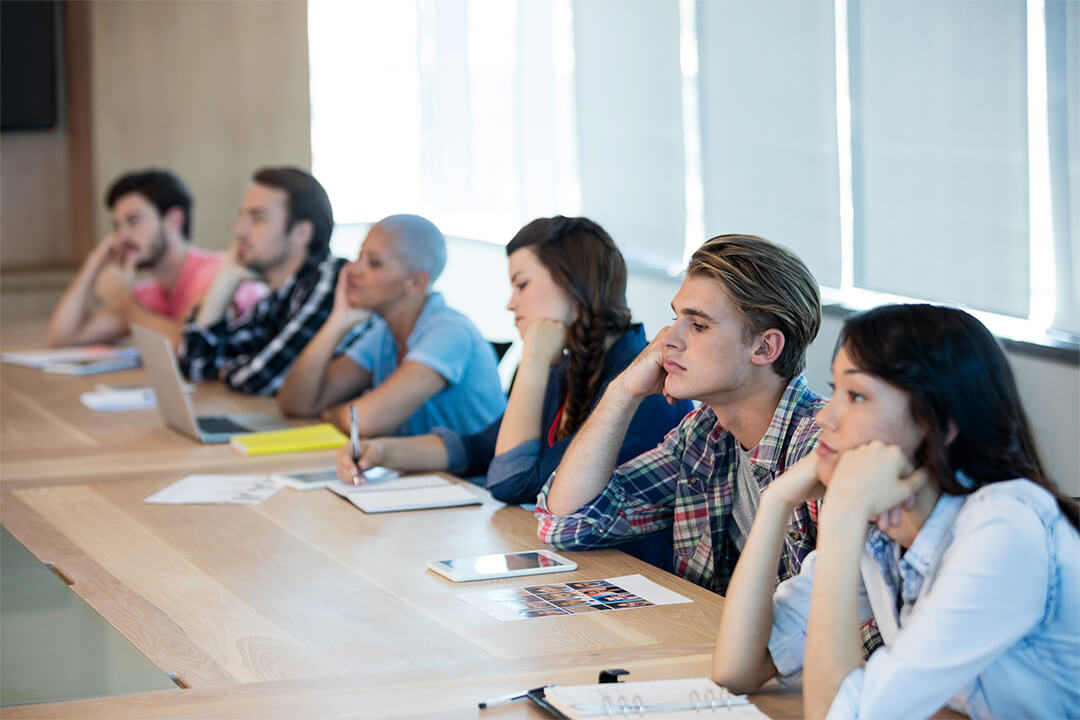Looking to design learning programs that are more experiential in nature?
Understand how we create highly engaging learning experiences.
Learning From the Best
When airlines train pilots, or when the military trains combat teams, their learners pursue exciting missions in highly realistic contexts, confront complex and meaningful challenges, see dramatic playouts of the consequences of the decisions they make, and receive just-in-time coaching. Learning is critical to their success whether it is responding to an emergency aircraft landing or tactical and survival skills in enemy terrain. This form of experiential learning delivers true organizational readiness and should be at the core of any learning strategy.
Are Your Employees Excited About Corporate Training?
Most corporate training is very different from this kind of engaging, immersive experience. It is not that companies would not like to train this way. The problem is that historically there have been significant barriers to creating this kind of training in a corporate context: it is too hard to develop, it is too difficult to deploy, and it is much too expensive. ?The result – most corporate training is viewed as boring or tedious and as a?consequence, has little impact on employee performance or perception.
Crafting an Authentic Learning Experience
There is an explosion of new digital reality technological options such as gamification, virtual reality and real-time 3D that have made it possible for learning to become as thrilling an experience as watching a movie or playing a video game. Over time, these technologies have also become more affordable and scalable. However, we all know that technology can only be an enabler and not the solution – learning is more than just a thrilling experience – it also needs to be an authentic, contextual experience.
Learning approaches must be anchored in sound learning science and pedagogy in order for them to be meaningful or have any kind of performance impact. ?The learning experience should center on what learners struggle with and should find a way to accurately and quickly determine what learners really should be doing on the job. In other words, going through a learning experience should really impact behaviors on the job, and in turn, add value to the business.
E=MC5: The Science of Learning
Virtually all credible, researched theories of learning agree that people learn best by doing. This involves a natural goal, a prediction of how that goal can be achieved, an action that attempts to realize the prediction, a result that violates the prediction, an analysis of the expected failure, and the long term encoding of modified predication into long term memory.
So What Does the Future of Learning Design Entail?
Move from designing courses to designing authentic experiences that are engaging and dramatic, and effectively model the decisions that learners will find themselves making in the real world.
Migrate from waterfall models to the test-driven design methods offered up by Agile and Design Thinking.
Work much harder to understand which portions of our learners’ context are critical to a learning experience, and then simulate that context as realistically as possible.





